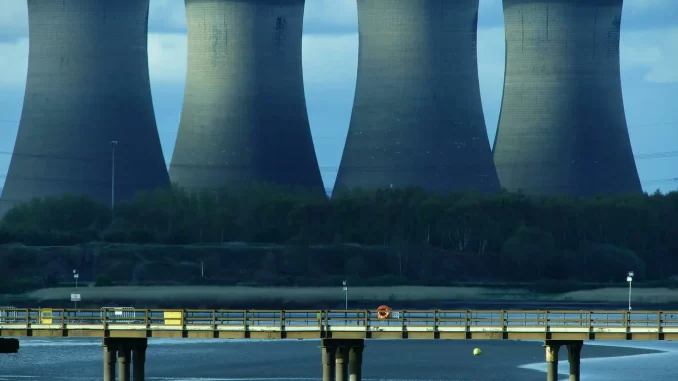


The explosion in interest in AI, particularly generative AI, has had many positive benefits: increased productivity, easier and faster access to information, and often a better user experience in applications that have embedded AI chatbots.
But for all its positives, there is one huge problem that still needs solving: how do we power it all?
As of August of this year, ChatGPT had more than 200 million weekly active users, according to a report by Axios. And it’s not just OpenAI; Google, Amazon, Apple, IBM, Meta, and many other players in tech have created their own AI models to better serve their customers and are investing heavily in AI strategies.
While people may generally be able to access these services for free, they’re not free in terms of the power they require. Research from Goldman Sachs indicates that a single ChatGPT query uses almost 10 times as much power as a Google search.
Its research also revealed that by 2030, data center power demand will grow 160%. Relative to other energy demand categories, data centers will go from using 1-2% of total power to 3-4% by that same time, and by 2028, AI will represent 19% of the total power data center power demand.
Overall, the U.S. will see a 2.4% increase in energy demands every year through 2030, and will need to invest approximately $50 billion just to support its data centers.
“Energy consumption in the United States has been pretty flat, really over the course of the last two decades,” Jason Carolan, chief innovation officer at Flexential, explained in a recent episode of ITOps Times’ podcast, Get With IT. “Part of that was that perhaps COVID sort of slowed things down. But now we’re at this point, whether it’s AI or whether it’s just electrification in general, that we’re really running out of capacity. In fact, there are states where projects of large scale, electrification builds, as well as data center builds, basically have stopped because there isn’t power capacity available.”
To meet these growing demands, tech companies are turning to nuclear energy, and in the past month or so, Google, Microsoft, and Amazon have all announced investments in nuclear energy plants.
On September 20, Microsoft announced that it had signed a 20 year deal with Constellation Energy to restart Three Mile Island Unit 1. This is a different reactor than the reactor (Unit 2) that caused the infamous Three Mile Island disaster in 1979, and this one had actually been restarted after the accident in 1985 and ran until 2019, when it shut down due to cost.
Constellation and Microsoft say that the reactor should be back in operation by 2028 after improvements are made to the turbine, generator, main power transformer, and cooling and control systems. Constellation claims the reactor will generate around 835 megawatts of energy.
“Powering industries critical to our nation’s global economic and technological competitiveness, including data centers, requires an abundance of energy that is carbon-free and reliable every hour of every day, and nuclear plants are the only energy sources that can consistently deliver on that promise,” said Joe Dominguez, president and CEO of Constellation.
Google and Amazon followed suit in October, both with news that they are investing in small modular reactors (SMR). SMRs generate less power than traditional reactors, typically around 100 to 300 megawatts compared to 1000 megawatts from a large-scale reactor, according to Carolan. Even though they generate less power, they also include more safety features, have a smaller footprint so that they can be installed in places where a large reactor couldn’t, and they cost less to build, according to the Office of Nuclear Energy.
“There’s been a lot of money and innovation put into small scale nuclear reactors over the course of the last four or five years, and there are several projects underway,” said Carolan. “There continues to be almost open-source-level innovation in the space because people are starting to share data points and share operational models.”
Google announced it had signed a deal with Kairo Power to purchase nuclear energy generated by their small modular reactors (SMR), revealing that Kairo’s first SMR should be online by 2030 and more SMRs will be deployed through 2025. Amazon also announced it partnering with energy companies in Washington and Virgina to develop SMRs there and invested in X-energy, which is a company developing SMR reactors and fuel.
“The grid needs new electricity sources to support AI technologies that are powering major scientific advances, improving services for businesses and customers, and driving national competitiveness and economic growth. This agreement helps accelerate a new technology to meet energy needs cleanly and reliably, and unlock the full potential of AI for everyone,” Michael Terrell, senior director of energy and climate at Google, wrote in the announcement.
Carolan did note that SMRs are still a relatively new technology, and many of the designs have not yet been approved by the Nuclear Regulatory Commission.
“I think we’re going to be in a little bit of a power gap here, in the course of the next two to three years as we continue to scale up nuclear,” he explained. As it stands now, as of April 2024, the U.S. only had 54 operating nuclear power plants, and in 2023, just 18.6% of our total power generation came from nuclear power.

